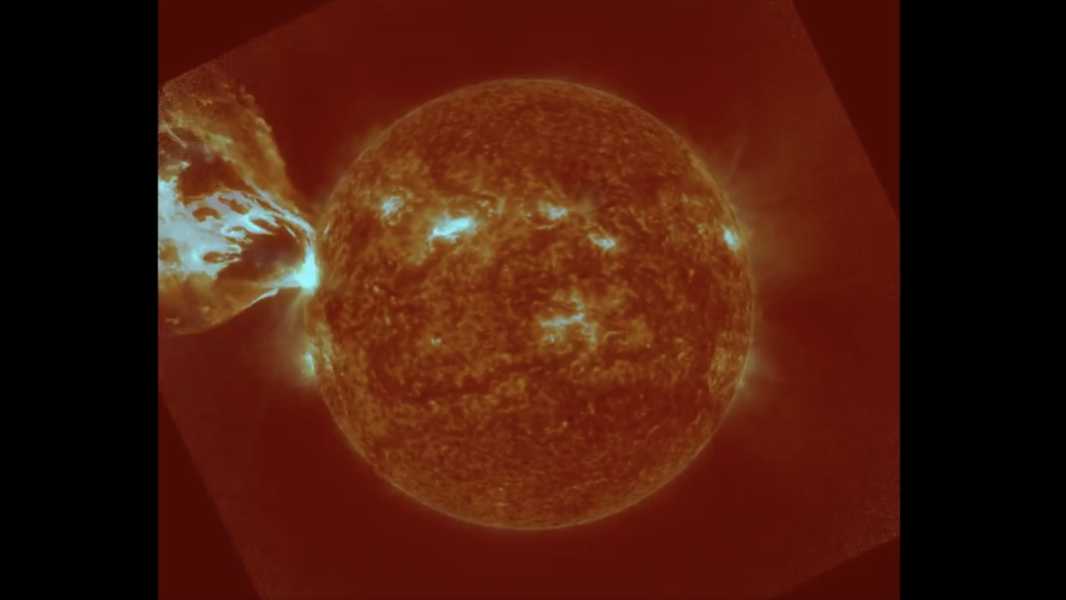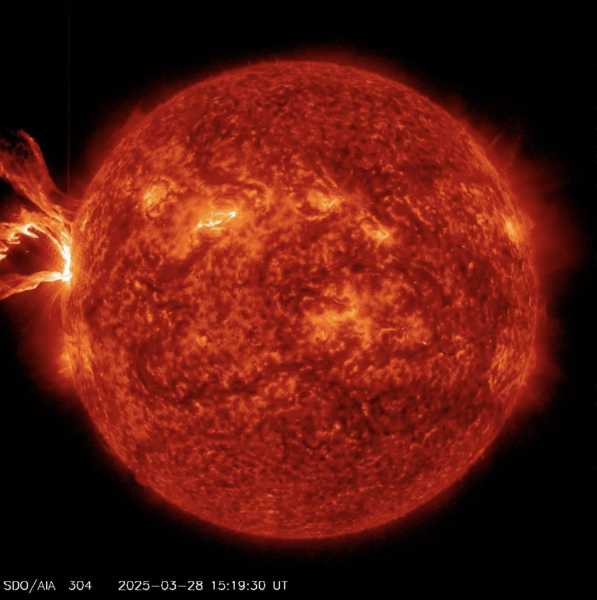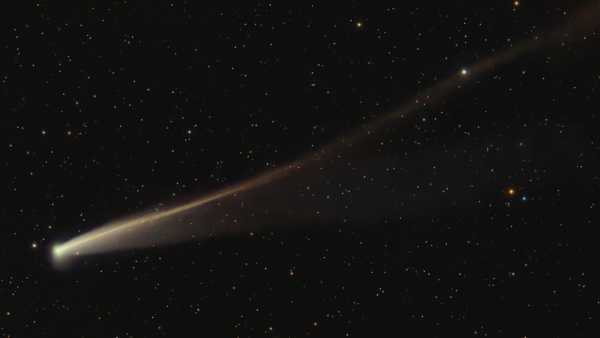
(Image credit: NOAA)
Researchers have captured a huge and exceptionally powerful X-class solar flare emitted by the Sun on Friday (March 28), just before the star's eruption caused a radio blackout on two continents.
Video captured by the GOES-16 satellite, jointly operated by NASA and the National Oceanic and Atmospheric Administration (NOAA), shows an X-class solar flare erupting from a sunspot at about 11:20 a.m. ET on March 28.
This X1.1-class solar flare, which originated from a sunspot called AR4046, was the first X-class flare on the Sun since early February.
“A powerful solar flare (R3) occurred, peaking at X1.1 around 11:20 a.m. ET (15:20 UTC) on March 28, 2025. The flare occurred in the newly discovered Region 4046 near the eastern limb,” NOAA's Space Weather Prediction Center said in a statement after the flare.
NOAA's Space Weather Prediction Center shared a dramatic video on X, formerly known as Twitter, showing a solar flare erupting from the Sun along with a cloud of solar material known as a coronal mass ejection (CME). CMEs are massive jets of plasma and the Sun's magnetic field that are ejected into space, usually during solar flares. These fast-moving streams of plasma can cause serious interference to satellites and power grids if Earth is in their path.

An image of a solar flare taken by NASA's Solar Dynamics Observatory on March 28. Dangerous flares
Solar flares are powerful bursts of electromagnetic radiation that explode from the surface of the sun, usually from magnetically active areas such as sunspots. When the sun's magnetic fields become entangled, torn apart, and reconnected, enormous amounts of energy are released in the form of light, heat, and charged particles. Solar flares are classified on a scale of A, B, C, M, and X. Each class is 10 times more powerful than the last, with X-class flares being the most powerful and least common.
When radiation from a solar flare is directed toward Earth, it can cause radio losses on the side of the planet facing the Sun. This occurs because the intense X-rays and extreme ultraviolet radiation from a solar flare ionize the upper layers of the Earth's atmosphere, particularly the ionosphere, which is located between 30 miles (48 km) and 600 miles (965 km) above the Earth's surface.
Sourse: www.livescience.com





